If you've ever wondered what dosirak is, they're traditional Korean lunch boxes packed with love and care. Dosirak includes various delicious Korean food items like rice, various banchan (side dishes), kimchi, and often some type of protein.
These meals are thoughtfully arranged to bring comfort and joy to anyone opening them, reminiscent of home-cooked meals. Korean lunch boxes have a rich history, evolving from bamboo containers to metal tins, and now to various modern materials.
They’re unique not just for their practicality but for the cultural significance they hold in Korean households. From children heading to school to adults at work, dosirak provides a little piece of home in the middle of a busy day.
One of the highlights of these lunch boxes is their versatility. Whether it's rice accompanied by seasoned vegetables, stir-fried meat, or even Korean sausage, a dosirak always promises a balanced and tasty meal.
Ready to explore the world of Korean lunch boxes and perhaps even try packing one yourself? Dive in and let the flavors of Korea inspire you!
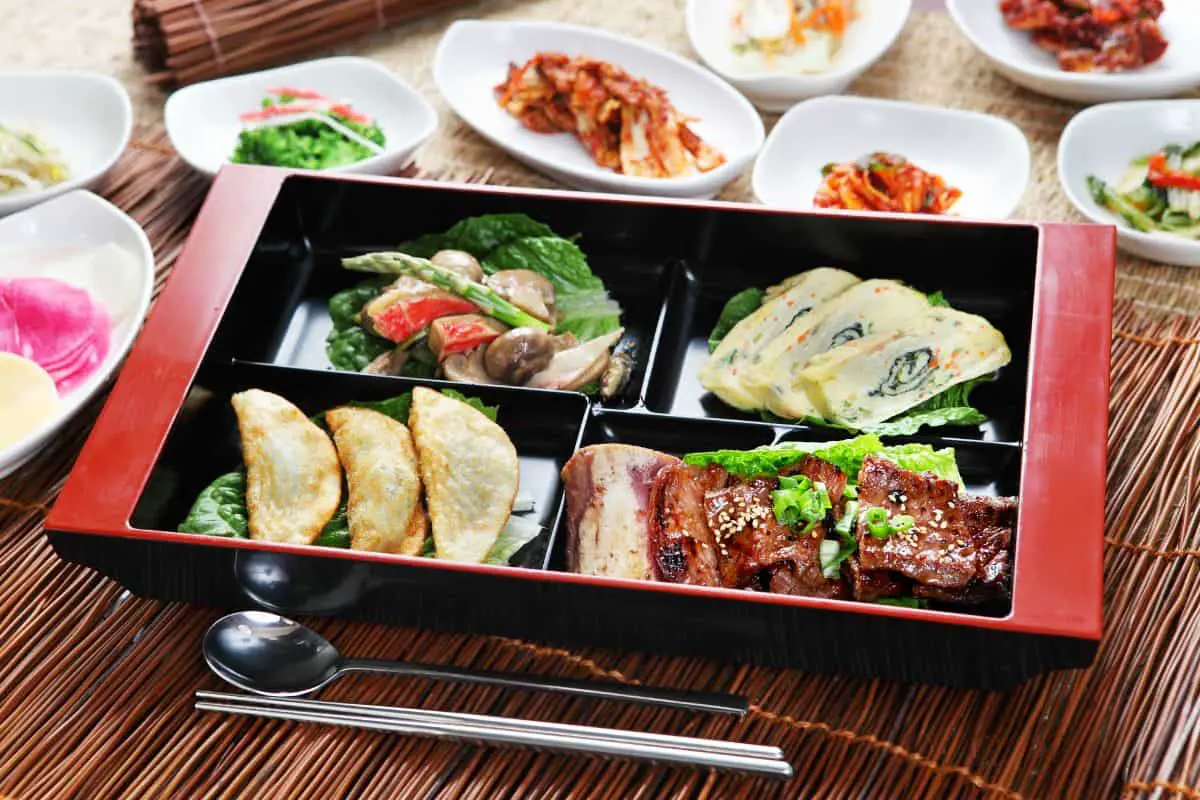
Jump to:
- ⏳ The History and Cultural Significance of Dosirak
- 🍱 Traditional Components of a Dosirak
- 🍴 Modern Variations of Dosirak
- 🔪 Preparing and Packing a Dosirak
- 🤔 Dosirak vs. Bento and Tiffin
- ✨ Dosirak Accessories and Containers
- ✨ Dosirak Beyond Home: Commercial and Ready-Made Options
- 🎊 Special Dosirak Creations
- ❓ Frequently Asked Questions
- 💬 Comments
⏳ The History and Cultural Significance of Dosirak
Origins and Evolution
Dosirak originated during the Joseon Dynasty. Back then, it was a portable meal for scholars and workers. Packed meals included rice and a few side dishes.
In the early 20th century, dosirak became popular. With more people working outside, homemade lunch boxes were common. Often, they used simple containers resembling the Japanese bento box.
During school breaks, kids opened their dosirak to find rice, kimchi, and sometimes a hard-boiled egg. The tradition continues today with plastic or thermo-steel boxes, often with compartments to separate a variety of dishes.
Dosirak shops in train stations and convenience stores made it even easier to enjoy these meals on the go.
Dosirak in Popular Culture
The cultural significance of dosirak is seen in media and daily life. In the hit series, Squid Game, characters are seen eating dosirak, highlighting its role in modern Korean life.
School kids look forward to lunchtime, eager to see their packed dosirak. These lunches aren’t just about food; they’re a way to show care. In Korea, a well-packed dosirak often includes colorful and nutritious ingredients, showcasing both love and effort.
Events like yennal (old-time) festivals celebrate dosirak with traditional meals. This blend of history and modernity keeps dosirak relevant, showing how such a simple meal can carry profound cultural importance.

🍱 Traditional Components of a Dosirak
Main Dishes
The base of any dosirak is usually cooked rice. The rice takes up the largest portion of the box and can be plain or sometimes mixed with grains.
A popular main dish is egg-coated cooked spam, which is seared until crispy and adds a savory flavor. Another favorite is the rolled omelet, which is sliced into bite-sized pieces.
Occasionally, dosirak includes grilled fish or bulgogi (marinated beef), both adding protein and rich taste to the meal. These ingredients give the dosirak a hearty and satisfying element.
Side Dishes
Banchan are small, flavorful dishes that complement the main dish, giving variety and balance. Kimchi is a staple, offering a tangy and spicy punch. It's usually made from fermented Napa cabbage but can include radish as well.
Another common side is sauteed spinach. It's seasoned with garlic, sesame oil, and soy sauce, making it nutritious and tasty. Seasoned bean sprouts, served with salt and sesame oil, are also a popular choice.
Seasoned seaweed adds a salty and slightly crunchy texture. Fish cakes provide a chewy texture and are often sautéed with vegetables and soy sauce. Lastly, marinated onion gives a sweet and tangy contrast, nicely balancing other spicier or saltier dishes.
🍴 Modern Variations of Dosirak
Influence of Other Cuisines
Korean lunch boxes are evolving with influences from around the globe. Fusion dosirak might include items like omurice, a Japanese omelet filled with fried rice. Another popular fusion item is spam musubi from Hawaii, a twist on traditional spam fried with gochujang.
Some dosirak incorporate Western dishes. Bulgogi paired with a fried egg and bap (rice) might sit next to kimchi. An example is the addition of mandu (Korean dumplings) prepared in a variety of international styles, like Italian ravioli.
These fusion options not only highlight diverse flavors but also bring a fresh experience to the traditional Korean lunchbox.
Vegetarian and Special Diet Options
Modern dosirak has adapted to cater to vegetarians and other special diets. Traditional bulgogi can be replaced with tofu or mushroom bulgogi for a vegetarian twist. Instead of regular rice, one might use fried rice with assorted vegetables.
There are also gyeran mari (Korean rolled omelets) filled with various vegetables, offering a protein-rich alternative without meat. For gluten-free options, dosirak can include rice-based dishes like kimbap made with quinoa or millet.
In addition, accommodating diets like veganism, some dosirak include side dishes like kimchi that's made without fish sauce. This makes it easier to enjoy Korean flavors while sticking to dietary restrictions.
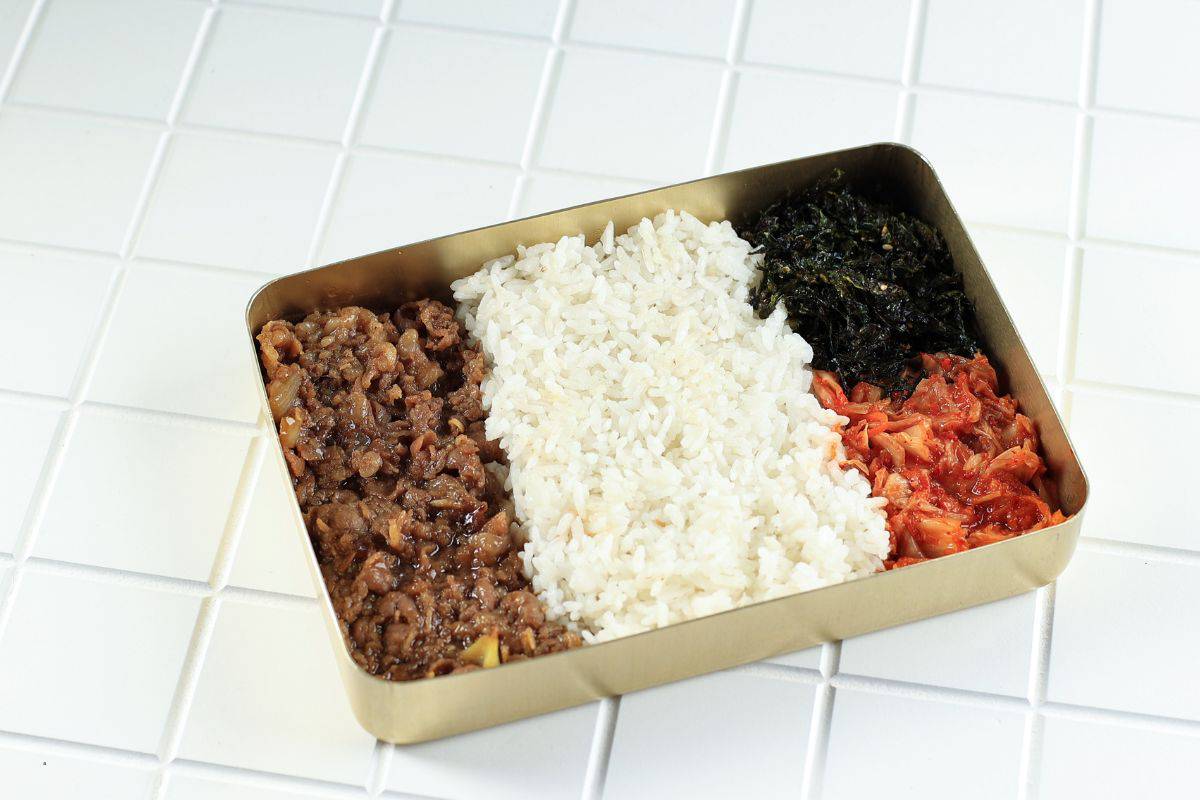
🔪 Preparing and Packing a Dosirak
Choosing the Right Ingredients
For the base, start with steamed white rice or any rice variety you prefer. It should be cooked just right, neither too sticky nor too dry.
Next, add some side dishes. Common choices are kimchi, seasoned bean sprouts, and dried seaweed. These should be well-seasoned, often with soy sauce, garlic, and sugar, to ensure they stay flavorful.
Protein is essential. Include options like pan-fried ham or sausage seasoned with garlic and perhaps a bit of mirin and soy sauce. A fried egg or sliced boiled egg on top adds a nice touch. Feel free to include vegetables like fried onions or carrots for extra nutrition.
Packing Techniques
Packing a dosirak involves more than just tossing ingredients into a box. It requires some technique to keep everything fresh and appealing.
First, place the rice into the container, filling about two-thirds. This leaves room for the side dishes and protein. Use a rice paddle to smooth it down and create a stable base.
Next, arrange the side dishes. To avoid soggy rice, keep wetter items like kimchi in a small separate container or on the side. Place heartier items, such as seasoned sausage or ham, next to the rice.
Finally, add delicate items last. Position the fried egg or seaweed on top to keep them from getting crushed. Ensure the box is tightly closed to keep everything in place until mealtime.
🤔 Dosirak vs. Bento and Tiffin
Comparing Dosirak to Bento
Both dosirak and bento are traditional lunchboxes from Korea and Japan, respectively. They typically contain neatly arranged food items. Dosirak often includes rice, a main protein, and several side dishes, or banchan, reflecting Korean cuisine's variety.
A typical Japanese bento may contain rice, fish/meat, pickled or cooked vegetables, and often fruit. Bentos are known for their artistic presentation, sometimes resembling characters or intricate designs. Dosirak, while also visually appealing, focuses more on flavor variety and heartier servings.
The ingredients in dosirak may be more seasoned and spicy compared to the delicate, subtle tastes of Japanese bento items. There’s also an element of customization in both, but dosirak often offers more variety due to the range of Korean side dishes available.
Differences From Tiffin
Tiffin boxes come from India and are known for their unique stackable containers that hold different meal components. They’re designed to carry multiple courses, typically including rice, curry, vegetables, and pieces of bread like chapati or naan.
While dosiraks and bentos are compact and designed to be single-serve, tiffins are usually larger due to the stacking feature. This makes them ideal for sharing or carrying meals for more than one person. The foods in tiffin are often more curry-based and can include a variety of dishes reflecting the rich flavors of Indian cuisine.
Dosiraks focus more on dry items that can be eaten conveniently anywhere, whereas tiffins often require a plate to serve and enjoy the variety of foods packed within. This makes dosiraks more portable and suited for a quick, on-the-go meal compared to the more elaborate nature of tiffins.
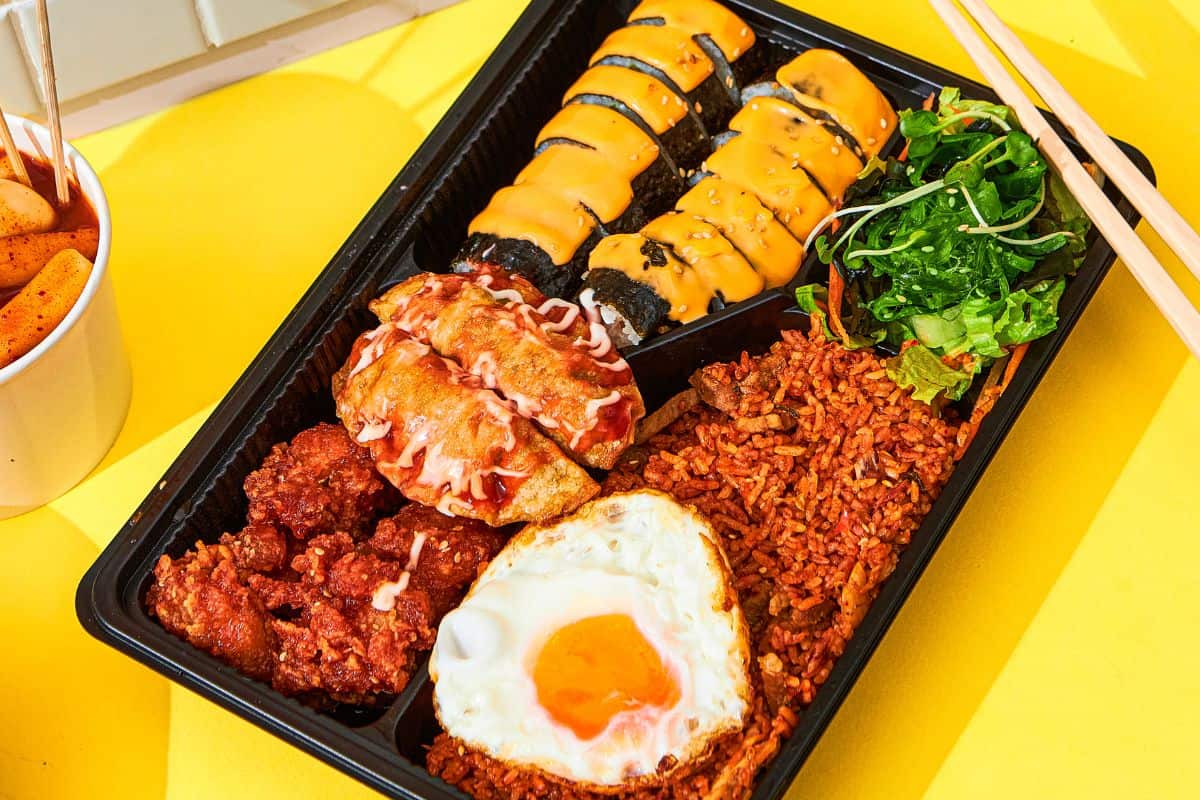
✨ Dosirak Accessories and Containers
Material and Design
Dosirak containers come in various materials like metal, bamboo, and plastic. Traditionally, they were crafted from bamboo and later from metal. Metal containers are durable and often have a classic, nostalgic appeal. They can also be good for keeping food warm.
Modern dosirak containers are usually made from plastic or thermo-steel. Plastic containers are lightweight, easy to carry, and usually have compartments for different dishes. These are particularly handy for packing items like gyeran mari, rice, and banchan.
Bamboo containers have a natural look and are eco-friendly. They're breathable, which helps to keep the food fresh. However, they might not retain heat as well as metal or thermo-steel containers.
Maintaining Temperature and Freshness
Keeping the food at the right temperature is essential, especially if the dosirak includes items like soup or guk. Thermo-steel containers are excellent at maintaining temperature. They can keep hot foods hot and cold foods cold for several hours.
Some containers come with multiple compartments that are tightly sealed. This helps preserve the freshness of items like yellow pickled radish.
Accessories such as small jars and silicone liners can also be used to store sauces or separate wet and dry items. These additions prevent foods from getting soggy and help keep the dosirak neat and appetizing.
Adding an insulated lunch bag can also help maintain the temperature and ensure the food stays fresh until it's time to eat.
✨ Dosirak Beyond Home: Commercial and Ready-Made Options
Store-Bought Dosirak
Store-bought dosirak are widely available in Korean convenience stores, making them a quick and easy option for busy individuals. These lunch boxes often come in various flavors and combinations, ensuring there's something for everyone's taste.
The typical store-bought dosirak includes rice, a main protein like chicken, beef, or fish, and several side dishes such as kimchi and pickled vegetables. They're designed to be eaten at room temperature, making them an ideal packed lunch for work or school.
During the colder months, some stores may offer heated dosirak, adding a comforting warm meal option. Look for special promotions during seasons or holidays to find unique combinations and flavors.
Health and Convenience Considerations
Health-conscious consumers might worry about the nutritional value of store-bought dosirak. Manufacturers often aim to create balanced meals, but the sodium content can be high due to the preserved side dishes like kimchi and pickles. It's good to check the labels for nutritional information.
In terms of convenience, ready-made dosirak are unrivaled. They save time on meal prep and are usually reasonably priced, making them an attractive option for students and working professionals. Their compact form also makes them easy to carry around.
Additionally, some brands offer dosirak focusing on organic or low-calorie ingredients, catering to health-conscious buyers. These ready-made options allow people to enjoy a taste of traditional Korean cuisine without cooking.
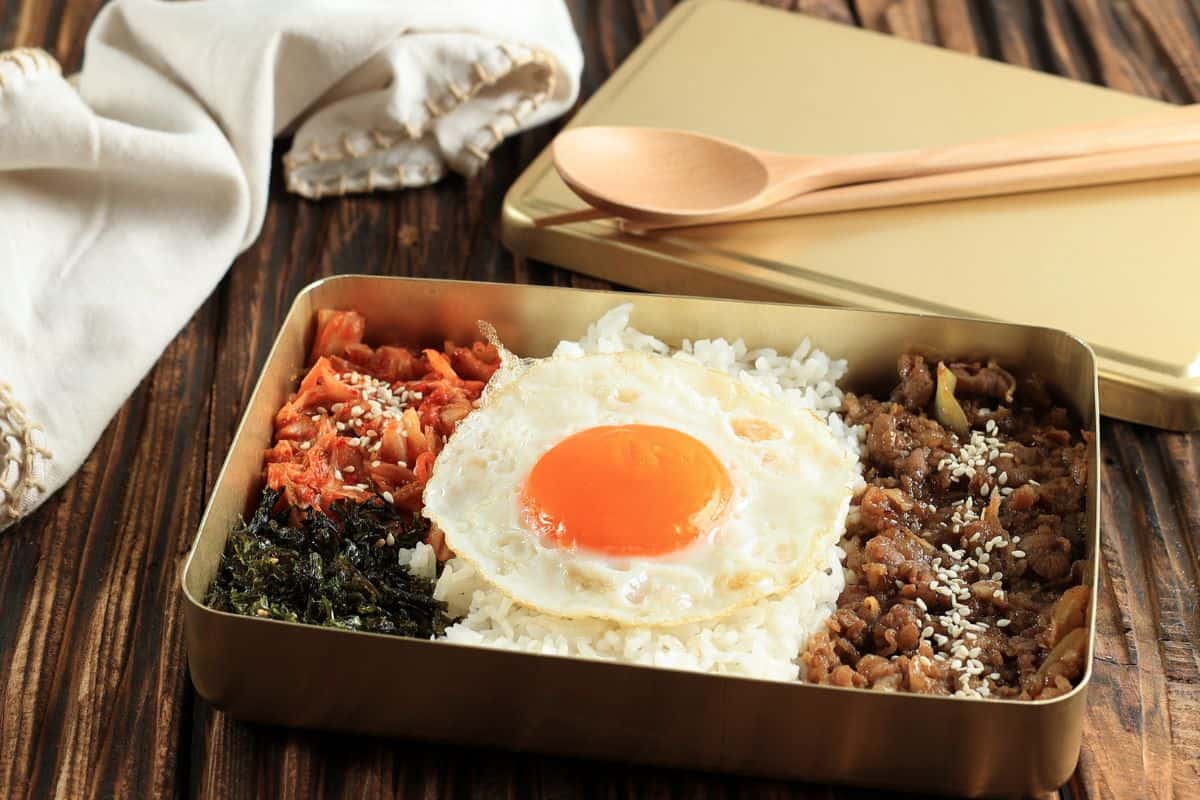
🎊 Special Dosirak Creations
Festive and Holiday Dosirak
During holidays, many people enjoy making festive dosirak. For example, heart-shaped kimbap is perfect for Valentine’s Day. They might also add colorful sides like pickled radishes and tteokbokki in cute molds.
New Year celebrations can feature traditional favorites like bibimbap with colorful veggies arranged like fireworks. For children's birthdays, dosirak can include characters from popular cartoons crafted from rice and seaweed.
Fried chicken is a popular addition for a picnic dosirak, adding crunch and flavor. These festive kits are not only delicious but also show thoughtfulness, making any occasion special.
Creative Dosirak Ideas
Creative dosirak ideas focus on variety and presentation. Making gimbap in fun shapes like stars and flowers can bring a smile to anyone's face. Jangjorim (soy-braised beef) adds a savory element that pairs well with rice and potato salad.
Spicy food lovers can enjoy dosirak with spicy stir-fried fish cakes or seasoned kimchi. Combining different colors and textures, like adding fruits or edible flowers, can elevate the visual appeal.
Including compact, easy-to-eat items like mini sandwiches or fruit skewers also offers diversity. These imaginative touches make each meal exciting and enjoyable, turning a simple lunchbox into a delightful feast.
❓ Frequently Asked Questions
A traditional dosirak often contains rice, kimchi, and a variety of banchan (side dishes). Common banchan include seasoned vegetables, fish cakes, and marinated meats. Another staple is egg-based dishes, like rolled omelets or fried eggs.
Creating a Korean-style lunchbox can be fun. Some ideas include rice topped with a fried egg, stir-fried fish cakes, and steamed broccoli. You can add slices of kimchi and some marinated beef or chicken to round it out. Don’t forget to pack some fresh fruit for dessert.
Dosirak holds a special place in Korean culture as it reflects home-cooked care and balance in meals. Traditionally, they were used by workers and students who needed a portable meal. The mix of tastes and textures showcases Korean culinary traditions.
When preparing a dosirak, ensure all items are well-cooked and seasoned. Use compartments in the lunchbox to separate dishes, keeping dry items separate from those with sauces. Packing rice in a tightly compacted layer helps maintain its texture.
Yes, dosirak can be very healthy. Use brown rice or mixed grains instead of white rice. Include plenty of vegetables like steamed spinach, carrots, and cucumbers. Lean proteins like grilled chicken or tofu can add nutritious value and variety.
There are several container options for packing dosirak. Traditional containers were made from bamboo or metal. Today, you can find modern bento-style boxes with compartments made from plastic, stainless steel, or eco-friendly materials like bamboo. These containers keep the food separate and fresh.

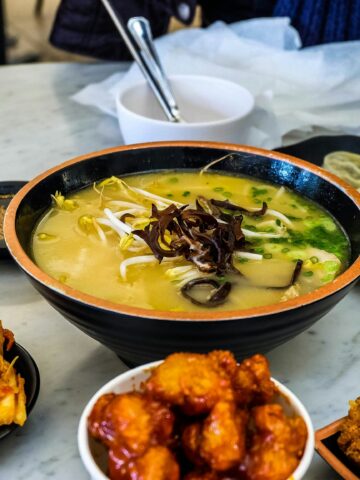
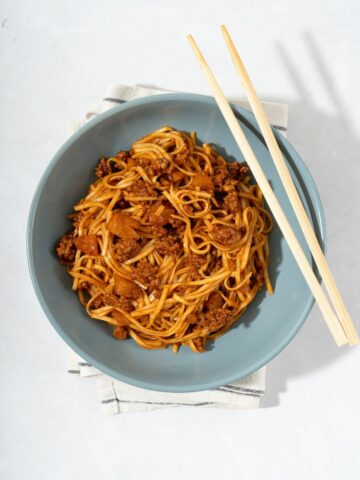

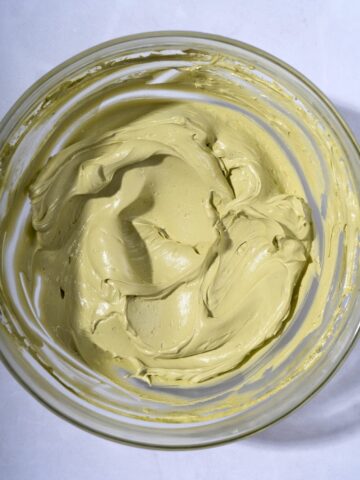
Comments
No Comments